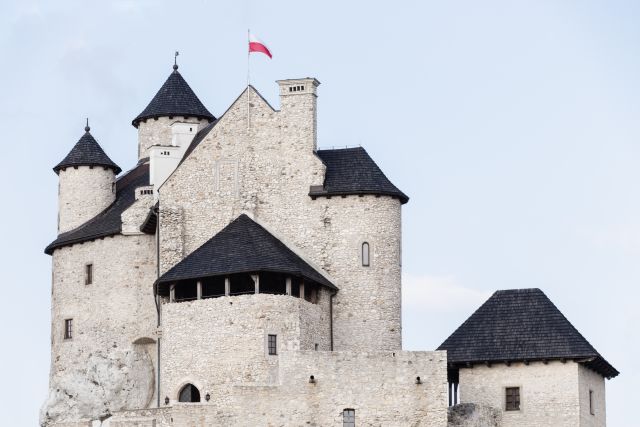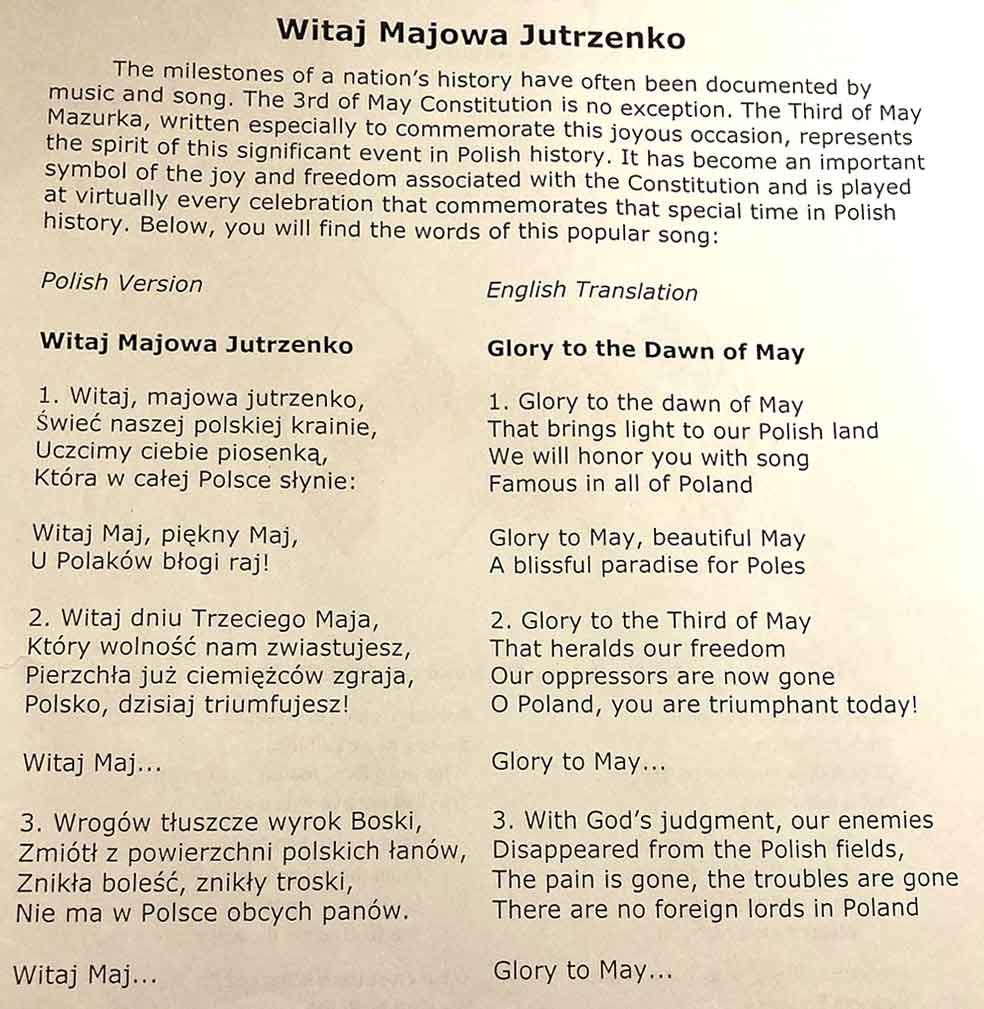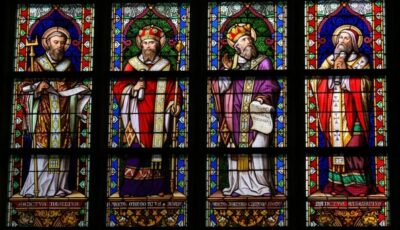Polish Culture & Tradition
AN INTERTWINED EASTERN EUROPEAN HISTORY

Saint Blaise Day: February 3rd
Many Polish traditions are based on the Catholic Church and the various Saints. For example, February 3rd is known as Saint Blaise Day or a Day of Feast. When doing research for my book I was fascinated to learn about these religious traditions.
POLISH CONSTITUTION DAY – Glory to the Dawn of May
In Poland, May 3rd is a big holiday. Just like the 4th of July in America, Poland was the first nation in Europe to have its own constitution on May 3, 1791, that would abolish all the constraints from the partitioning of Poland in the second half of the 18th century. As a political entity, Poland had ceased to exist, but the Polish nation never relented in its struggle for independence.
Poland was first partitioned in 1772 by three royals: Prussian king, Fredrick II to the Russian tsarina, Catherine the Great, the reigning empress of Russia from 1762 to 1796, and the Austrian emperor, Joseph II. According to the book POLAND by Andrzej Zieleniewicz, the annexation of one-third of Poland’s territory met with no Polish resistance. But the prospect of the total loss of independence, which loomed on the horizon, profoundly shook the conscientious members of Polish society. As a result of this first partition, the last two decades of the Royal Republic’s existence included the creation of this constitution by the Four-year Seym (the lower house of Polish parliament).
The Constitution sought to replace the existing anarchy fostered by some of the country’s highest and wealthy aristocrats (also known as magnates) with a more democratic constitutional monarchy. The constitution introduced major reforms such as: the abolition of liberum veto and the elective monarchy (meaning every bill had to be passed unanimously), empowerment of the burghers (the Burghers were a class situated between the peasant, the lower class, and the aristocratic or royal, the upper class, of Middle Ages European society), and the establishment of a national army for the country’s defense.
Unfortunately, most of the reforms passed by the Four-year Seym were not enforced. A group of magnates from Russia formed a Confederation in 1792 and, along with the support of Catherine the Great, undermined the social reforms enacted by the Four-year Seym. Russia and Prussia once again proceeded to effect the second partition of Poland in 1793.
Then in 1794 the Kościuszko insurrection broke out. Tadeusz Kościuszko was a fighter for American independence and an honorary citizen of France. He had traveled to America where he fought in the U.S. War of Independence from 1776 to 1783. He returned to Poland on the eve of the uprising with the rank of brigadier general. He swore to use the authority vested in him to win back Poland’s independence. Although he helped to win the battle of Raclawice (April 4, 1794, first Warsaw and then Wilno were liberated from enemy occupation), the Russians would eventually capture him. Despite the valor of the Warsaw population and the bravery of the peasants against the enemy, once again in 1795 the third and final partition spelled the demise of the Royal Republic. Poland was dismembered and blotted from the map of Europe until the end of the Great War with the signing of The Treaty of Versailles in 1919.
In modern Poland, May 3rd is a national holiday, free from work, and sees many parades, exhibitions, concerts and public figure speeches. The holiday has been a focal point of ethnic celebrations of Polish-American pride in the United States as well. It’s amazing to me what our Polish ancestors lived through. The next time May 3rd comes around, I hope you will make time to celebrate with a Polish organization in your community.


